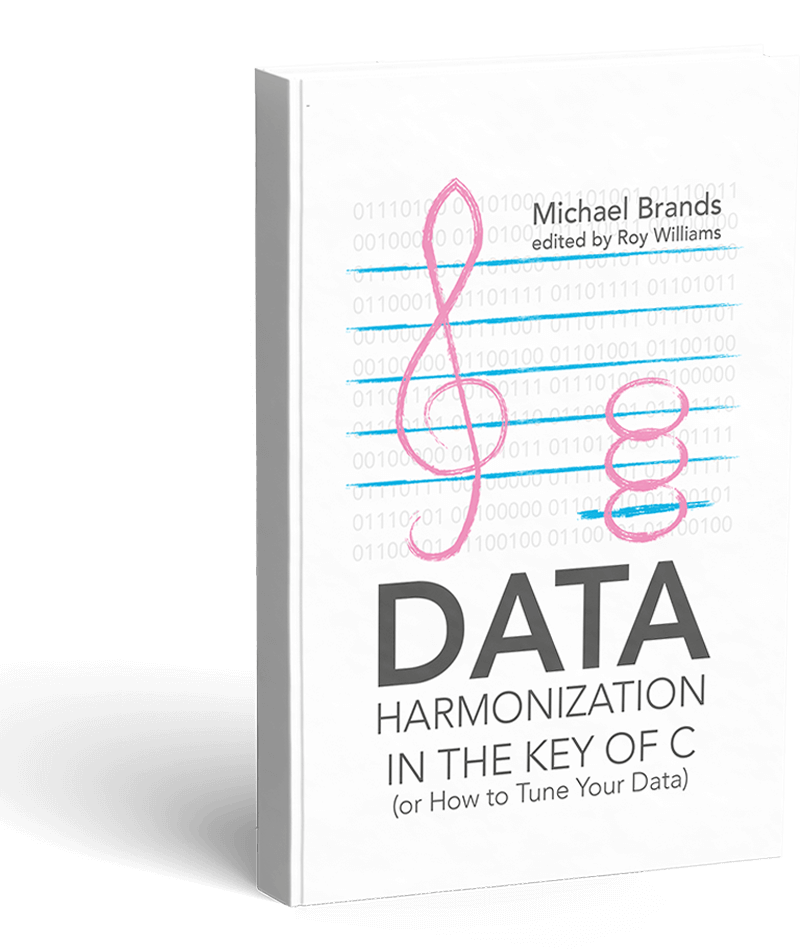Structured v Unstructured Data
Think of structured data as rational intelligence. It is the Who, What, When, and Where of things presented neatly in rows and columns.
Unstructured data also contains the Who, What, When, and Where of things, but it comes enhanced by emotion, process, justification, and narrative. This is the How and the Why. It is the information in text, pdf, social media, chat boxes, audio and video, annual reports, patient notes, contracts, the minutes of meetings, in regulations, contracts, and CVs. It is what makes data easy for humans to process, and hard for computers to understand.
The difference is what makes it difficult to treat structured and unstructured data in the same way. And while we need to grasp the Who, What, When, and Where, we learn so much more when we can understand the How and the Why; hence the increasing importance of Artificial Intelligence and Natural Language Processing in data management.
The combination of structured and unstructured data gives us a 360-degree view of customers, suppliers, competitors, the way we organize, the way we market our products and services, and enhance our customer offering across multiple channels.
The problem with unstructured data
1. There’s so much of it. Unstructured data accounts for 80% of everything you know. Take your email server as an example; it is probably the biggest single source of untapped data in your organization.
2. It’s growing almost faster than you can cope with; roughly in the region of 50% per year.
3. It’s expensive. Because there’s so much of it, and it’s growing all the time, the amount of budget being spent on storage is increasing pro rata.
4. It’s all different. We have already listed just some of the distinct types of unstructured data above. Think of an application, think of a different type of unstructured data, all modelled differently.
5. It needs to be treated with respect. GDPR dictates strict rules on the storage and use of data. Non-compliance is not an option.
6. ROI. Have you worked out whether the cost of gathering, storing, and processing your data is worth the benefit you get from it?
The structured approach to unstructured data
There is a growing awareness at C-level that while unstructured ‘big data’ may be complex and difficult to analyze, the benefits offered by being able to process data using Artificial Intelligence and Natural Language Processing will generally far outweigh the cost.
Unstructured data impacts virtually every process and department in every industry: Markets, customers, partners, suppliers, products, employees, call centers, etc.
But to get the most out of data that has little, or no structure, different formats, languages, nomenclature, meaning, grammar, and context requires a quantitive approach to a qualitative problem, investing in Business Intelligence and data expertise, to discover the relationships between data elements and the context in which they sit.
First, you must find the structure in the unstructured data.
An integrated solution
What’s required is an integrated solution that makes the connection between the emotion of unstructured and the intelligence of structured data. This solution uses Artificial Intelligence in a patented abstraction layer that makes the connection by automatically recognizing the Who, What, When, and Where in the grammar and vocabulary of unstructured data. This process enables data-wide querying on data and metadata as an integral part of your data intelligence strategy.
Discover more
This solution is the Dynizer from Consono. To find out more:
Visit our website at | Email: | Call us on: +32 475 81 04 85
